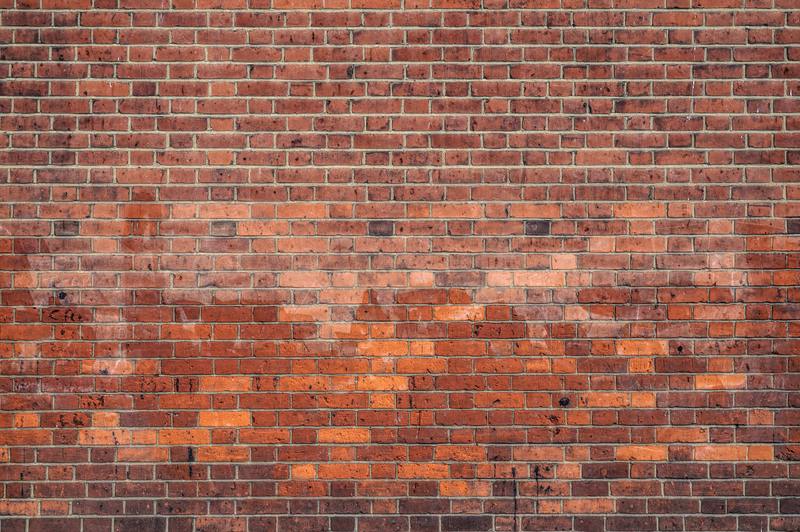The best answer on how to find mold in walls is using your senses. Visible mold is hard to miss, but the smell is more so.
In this article, we’ll tackle all that is related to wall mold and beyond, so read until the end!

Mold In Walls
Walls are one of an enormous expanse among the structures of your home. Moreover, they are connected to the ceiling and the floor, making them twice more susceptible to mold contamination.
Mold can invade the surface and inside of your walls. Surface mold is easier to deal with, but mold within the walls may be more challenging.
How To Identify Mold In Walls
Identifying surface mold leads to the identification of mold inside walls. If there is a considerable amount of mold on your walls, then it may be time to look inside.
A significant amount of surface mold is a symptom of a thoroughly contaminated interior. Also, if your home has recently been flooded or water-damaged, then mold may have grown beyond the surface.
Lastly, if you smell a musty and pungent scent on your walls but cannot see any surface mold, then it’s likely to be an interior mold.
How does mold grow on and within walls?
After identifying mold, you may ask how does it grow on and within walls anyway? Well, there are several causes.
However, the leading cause of mold growth is water damage, so let’s start there.
Your walls can easily be damaged by water due to their position. It can be exposed to the interior’s plumbing leaks.
Apart from plumbing leaks, roof and ceiling water damage may drip down to your walls. Lastly, flooding may damage your floor and the adjacent walls.
From water damage, mold proliferates because of the moisture. Molds easily find damp surfaces because they have airborne spores.
Here is an article about how long mold spores stay in the air to know more about mold spores.
What are the dangers of mold growth within and on walls?
We can categorize the dangers of mold growth into two. The first is adverse health effects, and the second is damage to structural integrity.
The first category’s effects range from mild to severe. Mild symptoms happen to people who are not susceptible to mold.
Mold and severe symptoms are for those that have a vulnerability to mold. Severe ones are more common among those with pre-existing respiratory issues.
Moreover, the vulnerable demographics (children, elderly, pregnant women) may have more unseen health effects other than the symptoms they exhibit.
The second category is due to mold’s effect on wood. Most homeowners have drywall as their wall material.
Drywalls are an easy target for mold because of their characteristics. Also, when the wood is exposed to mold for a prolonged period, it becomes more vulnerable to moisture leading to wood rot.
Steps On Removing Mold In Walls
For surface mold
Step #1. Protect yourself
Put on protective gear to avoid mold exposure. Then, assess the mold contamination of your walls.
It would be helpful to look into the cause of mold damage as well.
Step #2. Ventilate
Ventilation is essential when dealing with mold, so open your windows. Then, fetch your vacuum with a HEPA filter and remove the surface mold.
It is necessary to use HEPA vacuums because of their capability to trap mold spores, preventing them from spreading further around your house. If you’d like alternatives, here is an article about the ways of eradicating mold spores apart from using HEPA filtered vacuums.
Step #3. Clean and disinfect
After vacuuming the surface mold, clean and disinfect the area, apply a detergent on a brush, and scrub the mold-contaminated surface with it. Do not oversaturate the wall with water.
Also, dry it by wiping the area with a cloth. You can also use a fan to speed up the drying process.
Lastly, assess the wall the next day. If there are still stains, then consider repainting the walls.
However, if there is still mold present, you may have missed repairing the cause of mold growth.
Checking your wall interior for mold
If you tick all the boxes of interior mold in your home and there is still mold present, the problem may be beyond the surface. You may have deep interior decay if the surface mold keeps coming back despite doing the above mentioned steps.
Cut a large hole
Cutting a hole in your drywall is essential to look into the internal mold damage. This may seem counterproductive because you’re cutting into what you ought to fix, but trust that this will answer your suspicions.
If you choose to do this, be careful in drilling the drywall.
Moisture problems
Water stains are another sign of interior mold damage, so thoroughly examine your walls if they have sustained water damage. Consider getting a moisture meter and test your walls’ moisture level.
Conclusion
We hope this article about how to find mold in walls has helped you identify and detect mold both on and within walls. Mold on walls can be pretty challenging to deal with, which is why we are here to help you out!
